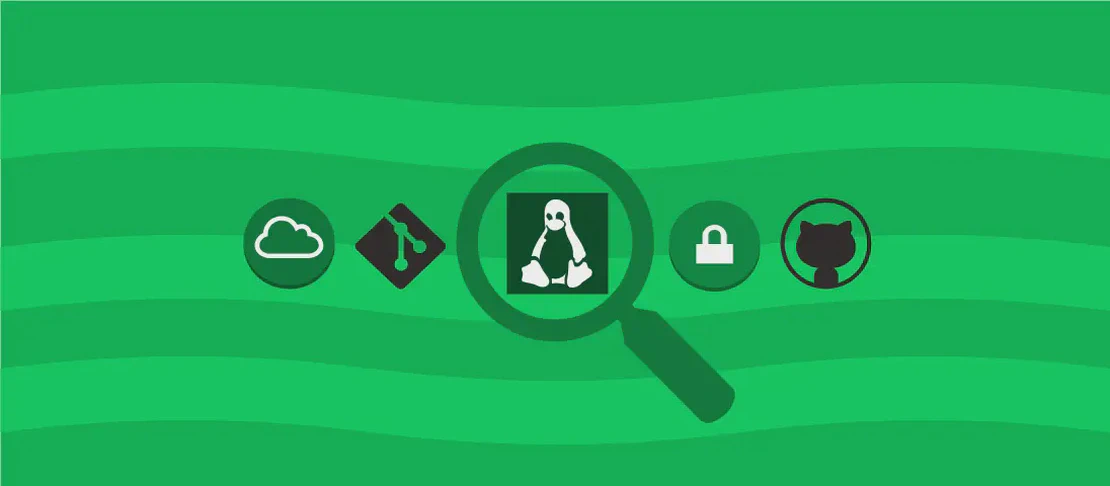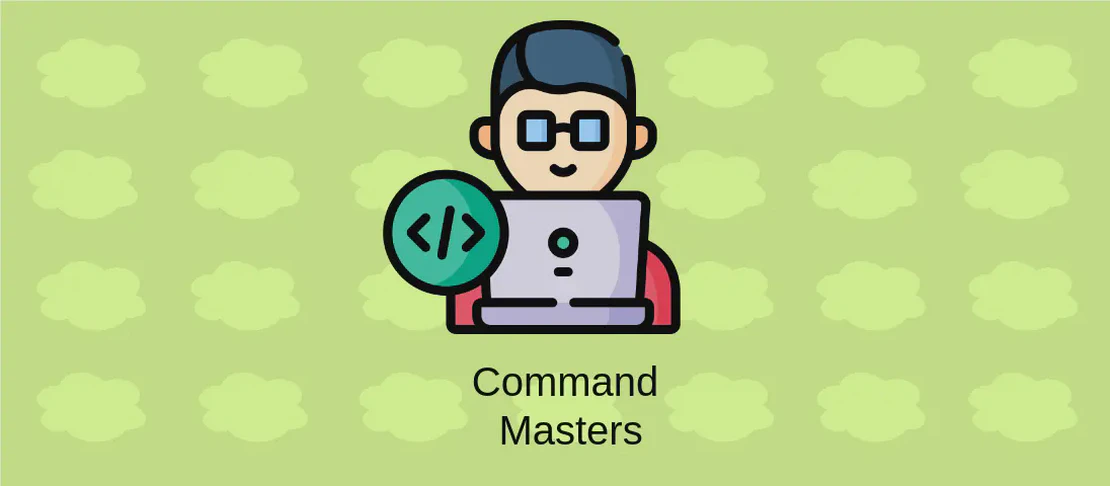
How to use the command 'cryfs' (with examples)
CryFS is a cryptographic filesystem designed specifically to improve the security of files stored in the cloud. By encrypting files before they are uploaded to a cloud storage service, CryFS ensures that only you have access to your data. It seamlessly encrypts your files and directories, making them secure and virtually inaccessible to unauthorized users. To access and manipulate these encrypted files, CryFS provides a virtual filesystem that users can mount like any standard directory. Below are some common use cases for the cryfs command, complete with detailed explanations and examples.
Use case 1: Mount an encrypted filesystem
Code:
cryfs path/to/cipher_dir path/to/mount_point
Motivation: Mounting an encrypted filesystem allows users to access encrypted files and directories as if they were part of the local filesystem. This operation decrypts the data in real-time, enabling secure interaction with potentially sensitive information stored in the cloud. This is particularly helpful if you’re managing a large volume of confidential data across different devices and need seamless and secure access without the hassle of manual encryption and decryption.
Explanation:
cryfs: This is the command that initiates the CryFS program.path/to/cipher_dir: This is the location where your encrypted data is stored. Think of it as the container or safe holding your encrypted files.path/to/mount_point: This specifies where you want to mount the virtual filesystem. Once mounted, encrypted data withincipher_dircan be accessed here in decrypted form, allowing you to interact with it just like any regular directory.
Example output:
Please use a password manager to generate and store a strong password. You are now entering the initialization wizard for the first configuration. All files in path/to/cipher_dir will be encrypted and mounted to path/to/mount_point.
Use case 2: Unmount an encrypted filesystem
Code:
cryfs-unmount path/to/mount_point
Motivation: Unmouting an encrypted filesystem is crucial for preserving security. When you’re done accessing or modifying your files, unmounting ensures that the filesystem is no longer accessible in decrypted form. This protects your sensitive data from unauthorized access, maintaining the confidentiality and integrity of your information.
Explanation:
cryfs-unmount: This command safely detaches the encrypted filesystem.path/to/mount_point: This is the mount point where the decrypted files were previously accessible. Specifying this path will help CryFS identify which filesystem needs to be unmounted and secured back into its encrypted state.
Example output:
The filesystem mounted at path/to/mount_point has been securely unmounted.
Use case 3: Automatically unmount after ten minutes of inactivity
Code:
cryfs --unmount-idle 10 path/to/cipher_dir path/to/mount_point
Motivation: Automatically unmounting a filesystem after a certain period of inactivity significantly enhances security, especially in shared or open environments. This feature reduces the risk of unauthorized access in case you forget to manually unmount the filesystem after use. It’s a convenient option in scenarios where multiple users may have access to a machine, ensuring that private data is always protected when not actively used.
Explanation:
cryfs: This is the main command that begins the process of mounting the filesystem.--unmount-idle 10: This option tells CryFS to automatically unmount the filesystem if it hasn’t been accessed for 10 minutes. The number can be adjusted based on user preference for different timeouts.path/to/cipher_dir: This is your directory containing encrypted data, as explained previously.path/to/mount_point: This is where your decrypted files will be accessible during the mount period.
Example output:
CryFS will unmount the filesystem at path/to/mount_point after 10 minutes of inactivity.
Use case 4: List supported ciphers
Code:
cryfs --show-ciphers
Motivation: Understanding the encryption ciphers supported by CryFS is essential for advanced users who want to tailor the level of encryption to their specific security requirements. Different ciphers offer varying levels of security and performance, and being able to choose the right one can optimize both security and system resources when handling sensitive data.
Explanation:
cryfs: The command that invokes the CryFS program.--show-ciphers: A flag that prompts CryFS to display a list of currently supported encryption ciphers. These ciphers are the algorithms used to encrypt and decrypt your data securely.
Example output:
Supported ciphers:
- CipherAlgorithm1
- CipherAlgorithm2
- CipherAlgorithm3
Conclusion:
CryFS is a powerful tool for those needing to encrypt files for cloud storage. It provides several functionalities that ensure both security and ease of access, making it suitable for a wide range of users. From mounting and unmounting encrypted filesystems to listing supported ciphers, CryFS addresses essential aspects of cloud-based storage security. Implementing these use cases can significantly increase the security of your data while maintaining accessibility and convenience.

